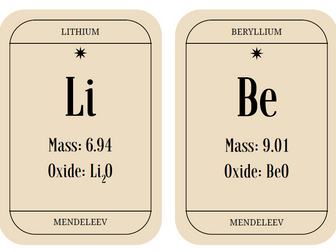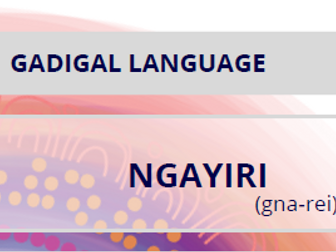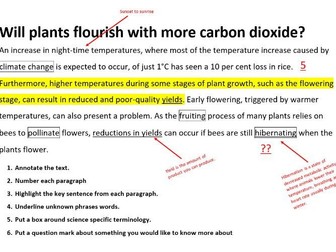Mendeleev's periodic table game
<p>Mendeleev created a deck of cards which contained the known elements of that time. He sorted these cards using mass and properties to create his initial version of the periodic table. Students model this part of history using 21 cards which can be organised into 7 groups and 3 periods (do not share this idea with them unless they are struggling). Group 8/18 is excluded because the nobel gases had not been discovered yet.</p>
<p>There are also 2 unknown elements (Xa and Xb). Mendeleev left spaces for each and predicted their atomic masses and other chemical properties. Within 15 years, the “missing” elements were discovered, conforming to the basic characteristics Mendeleev had recorded. Students can use the mass of the elements to predict which they are. They are gallium and germanium.</p>



